Disclaimer.
What you about to read represent a certain procedure that take place after an engagement of a threat in short proximity. I am well aware, that no plan or idea stay intact with reality as many unseen availabilities lurks in the background. that why we teach it as a procedure. procedure tend to be more flexible towards reality while plans are not.
The After fire is based on few considerations :
Threat fixation.
Re identification cycle.
Legal issues & Requirements after the shooting.
Environment.
Efficiency through effectiveness.
The shooter state of performance.
Definition.
The after fire rule is a cycle of actions which takes place after a threat stimulus is addressed and eliminated. This rule and approach is largely relays on the fact that during high threat and high stress situations, a threat fixation will take place until the individual will be absolute sure the threat is eliminated or when mental distress / stress will be decreased.
Additional point which we feel is important to remark is that not only dead people fall. Injuries, obstacles and additional things can cause the opponent to fall down. Even if critically injured, a person who was falling down and laying on the floor, could still use a firearm efficiently. This rule purpose is to primarily ensure that the shooter will not “shot and forget”.
The Procedure.
During an active engagement in short distance with a threat, at a certain point the shooter will receive a visual cue that the threat ceased to be active or eliminated. In this case, the threat is most likely to fall into the lower dimension. From this moment on the shooter will perform the after fire cycle which consists on the following steps:
A. Follow through (precision / perfected shooting related)
B. Fixation. Lower the gun (°45 maximum), ensuring bigger visual picture. Note that it is important to conduct a proper low ready and not just “eyes” above sight to ensure that the shooter receive proper picture. Also due to the fact that bodies tend to fall (gravity) and in addition to that the fact the most engagements tend to occur in low light conditions, where the human vision suffers great reduction of efficiency - a physical lowering down of the gun will be required to make that low dimension is visible.
C. Respiration & picture.
D. Inspect the threat. Relaying the expected tendency of humans to fixate visually (1) on predators or other threat stimuli, the shooter will inspect in detail he’s target. It is crucial to remark, that the inspection phase is intuitively based however I personally believe it will require some sort of deliberate action & approach of the shooter. This means, that in high intensity scenario, of which the shooter is experiencing some form of anxiety or alternatively, additional immediate threats or dangers, the shooter will intuitively skip this phase and the rest of the cycle. Note : this phase happens simluotnsely with respiration.
Primarily the shooter will look for :
a. Hands. Is there’s additional weapon being drawn? where are the hands ? is the threat still has retention on a weapon ?
b. Body. The shooter will look for injuries that might require immediate medical care (massive bleeding) or alternatively, other indicators such as wires, or swallowed clothing that may suggest the presence of IEDs.
E. Bolt / chamber check. Focal focus shifts to the weapon (near).a look into the weapon for the purpose of possible stoppage identification (if one takes place). This step ensures the shooter will be always ready to engage a follow up target. Important to remark however, that during a continuous high threat scenario, where additional threat / danger are suspect to be present in the immediate environment of the individual, this step (and the later) might not take place as the individual will be busy looking for the next possible threat.
F. Scan. If necessary, the individual will conduct a scan.
G. Safety on. Keep in mind that this is largely regulations driven. Level of operations may vary. unit regs and additional situational factors might require you to simply ignore this phase.
Reality.
0:47. The shift between a threat to a patient.
In Reality you will encounter two main issues. the first is the combination of lack of time & space follow by a set of dynamic perceptual distortions. with this taken into account, we can clearly say that no, you will not be able to choreographically go from A to D in most cases. How ever, you will be able to initiate that A, and get the essentials out between A to D. In Project Gecko classes we represent that under FOF conditions in CQB context.
Thank you for reading and remember - shooting makes only 10% of all things violence.


